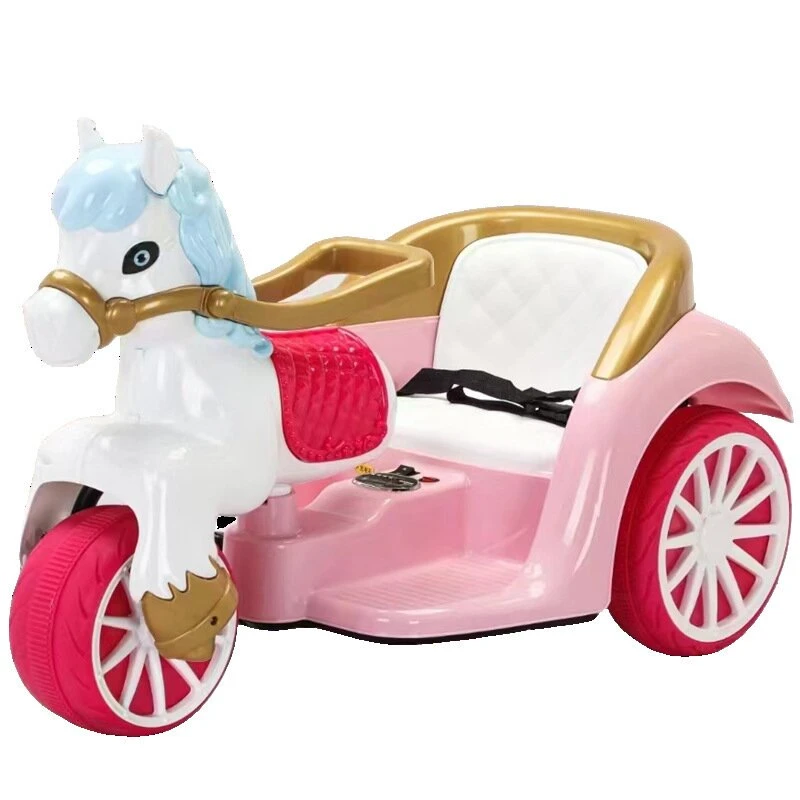scooter and motorcycle difference
The Difference Between Scooters and Motorcycles
When it comes to two-wheeled vehicles, scooters and motorcycles are often grouped together, but they are quite distinct in design, functionality, and purpose. Understanding these differences can help individuals make informed decisions on which type of vehicle best suits their needs.
Design and Build
Scooters typically have a step-through design, which allows riders to easily mount and dismount the vehicle without having to swing a leg over a seat like they would on a motorcycle. This design feature appeals to a wider audience, including those who may not have extensive riding experience. Scooters generally have smaller wheels, usually ranging from 10 to 16 inches in diameter, and are more compact overall.
In contrast, motorcycles possess a more complex build and design. They feature larger wheels, typically 17 inches or more, which contribute to better stability at higher speeds. Motorcycles also have a larger engine capacity, generally starting from 125cc and going up to over 2000cc, offering a wider range of power options. The frame is more robust, accommodating not only the engine but also additional components necessary for higher performance.
Engine and Speed
The engines in scooters are usually smaller, commonly falling between 50cc to 250cc. This makes them less powerful than motorcycles but more suitable for urban commuting. The smaller engines also contribute to better fuel efficiency, making scooters an economical choice for daily transportation.
Motorcycles are built for varied purposes, including touring, sport riding, and off-road adventures. They are designed for greater speed and performance, thanks to their larger engines and advanced componentry. Riders of motorcycles often seek the thrill of higher speeds and the ability to handle longer, more challenging rides.
scooter and motorcycle difference

Handling and Maneuverability
One of the standout features of scooters is their ease of handling. With a lighter frame and a lower center of gravity, scooters are generally easier to maneuver in city traffic, making them ideal for short commutes and urban environments. The automatic transmission found in most scooters allows riders to focus solely on the road without worrying about shifting gears.
Motorcycles, on the other hand, require more skill to operate. Many models come with manual transmissions, demanding a higher level of coordination and experience. Riders must master gear shifting and balance, making motorcycle riding a more challenging yet rewarding experience. While they may not be as nimble in tight spaces, motorcycles excel on highways and open roads due to their superior stability at speed.
Use Cases
When considering the purpose of these vehicles, scooters are primarily used for short distances and quick errands, making them a favorite among city dwellers. The practicality and affordability of scooters help users save time and money on parking and fuel.
Motorcycles, conversely, are often chosen for long-distance travel and leisure riding. Enthusiasts often join clubs and participate in rallies, showcasing the community aspect that comes with motorcycle culture.
Conclusion
In summary, while both scooters and motorcycles offer unique benefits, they cater to different needs and preferences. Scooters are ideal for urban commuting and provide a user-friendly experience, whereas motorcycles offer power and performance for those seeking adventure and the thrill of the ride. Understanding these differences can help riders choose the right vehicle for their lifestyle and riding experience.
-
Understanding Voltage in Battery for Children's Motorized CarNewsJun.05,2025
-
Safety Features to Look for in an Electric Car for KidsNewsJun.05,2025
-
How to Teach Your Child to Ride a Kids MotorcycleNewsJun.05,2025
-
How to Prevent Falls on a Balanced ScooterNewsJun.05,2025
-
How to Maintain Your 3 Wheeled Scooter for LongevityNewsJun.05,2025
-
Best Motorcycle Scooters for Urban CommutingNewsJun.05,2025
